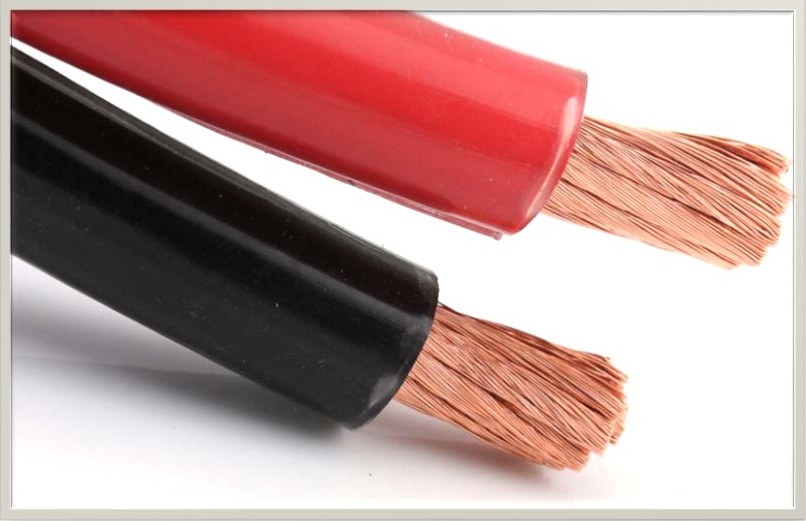As the name suggests, welding cables are used for welding operations. It acts as a conductor for welding current. Like most cables, the welding cable has copper strands that are housed inside a jacket. This jacket must be made of a non-conductive material for safety. This is usually a natural or synthetic rubber.
A durable cable
The welding cable is different from the run of the mill cables you usually find. This is because welding cables are used in rather hazardous conditions. They are regularly exposed to heat, spark, cuts and burns. It means it must be extremely durable. In addition, welding operations often require a person to move around — twisting, turning, coiling and pulling at the cable. Hence, the cable must also be extremely flexible. So, the two necessary qualities are flexibility and durability.
Ampacity
A welding cable’s capacity or the maximum amount of electrical current that it can safely conduct is known as “ampacity” (short for ampere capacity) or current capacity or amperage rating. Usually welding cable manufacturers will have fine strands of copper wire. This gives the cable a greater flexibility. But as the current requirement increases, the copper strand’s thickness and with it, the cable’s diameter also increases.
As in any electrical system, the three main factors that influence the ampacity are voltage, amperage, and resistance. Other factors are:
Length: Given the same diameter a shorter cable will have a higher ampacity than a longer cable.
Insulation material: Copper wires can withstand higher ampacity, unlike the insulation material. Hence, the amount of current a cable will be able to carry will depend on the insulation material.
Ohm rating: Welding cables with higher ohm ratings will see a higher loss of energy because of high resistance. This will, in turn, raise the temperature with the wires becoming hot. You will have to bring down the ampacity to avoid overheating.
Ambient temperature: A higher ambient temperature will impair the cable’s ability to disperse heat, reducing its ampacity.
Overloading welding cable
Welding cables are rated according to their amapcity. If you run more than the rated amapcity, your cables will overheat. This can affect the insulating material, melting or deteriorating it and leaving the copper wires inside exposed. This is also called thermal overloading.
Copper Vs Aluminium: Which conductor wire to choose?
Conductor wires used in welding cables are either copper or aluminium. Although aluminium is usually cheaper than copper, the latter has a clear superiority and is far more commonly used. It has a higher tensile strength and conductivity. This means we can use a smaller gauge size and get better efficiency and flexibility. Copper also shows more resistance to corrosion than aluminium. It shows far higher resistance to atmospheric factors like pollution and humidity.
Given the many factors in its favour, it is not surprising to find that most welding cables have copper wires. Copper wires are stranded and tightly packed within an insulating jacket. The stranding makes the cable more flexible. Welding cables typically have a much higher stranding than other cables because of higher need of flexibility. The insulation jacket protects the wires from erosive factors. The insulation material is usually made of rubber compound, typically Neoprene or EPDM.
How to choose the right cable?
Some of the general factors that will determine your choice:
Ampacity: You need to select a cable that will handle the maximum current produced by the welding power machine. If the ampacity of the cable is less than the power circulating, it will overheat and melt down.
Length of the welding circuit: This is the path through which the electricity travels. This will include power source, electrode cable, electrode holder, work cable and work clamp. All these are attached by the cable and will determine how much cable you will need.
Gauge: or thickness. Shorter cables have more ampacity. So, a project that requires a long length of cable does not need a high ampacity since the lack of gauge will be made up by the length.
Rated output of the power source: This is the maximum current at which a machine is to be used. It is usually indicated on the machine’s name or label.
Duty cycle of the power source: This is the capacity of the power source. It is calculated as the percentage of a ten minute period that the machine can operate before breeching its thermal limit.
